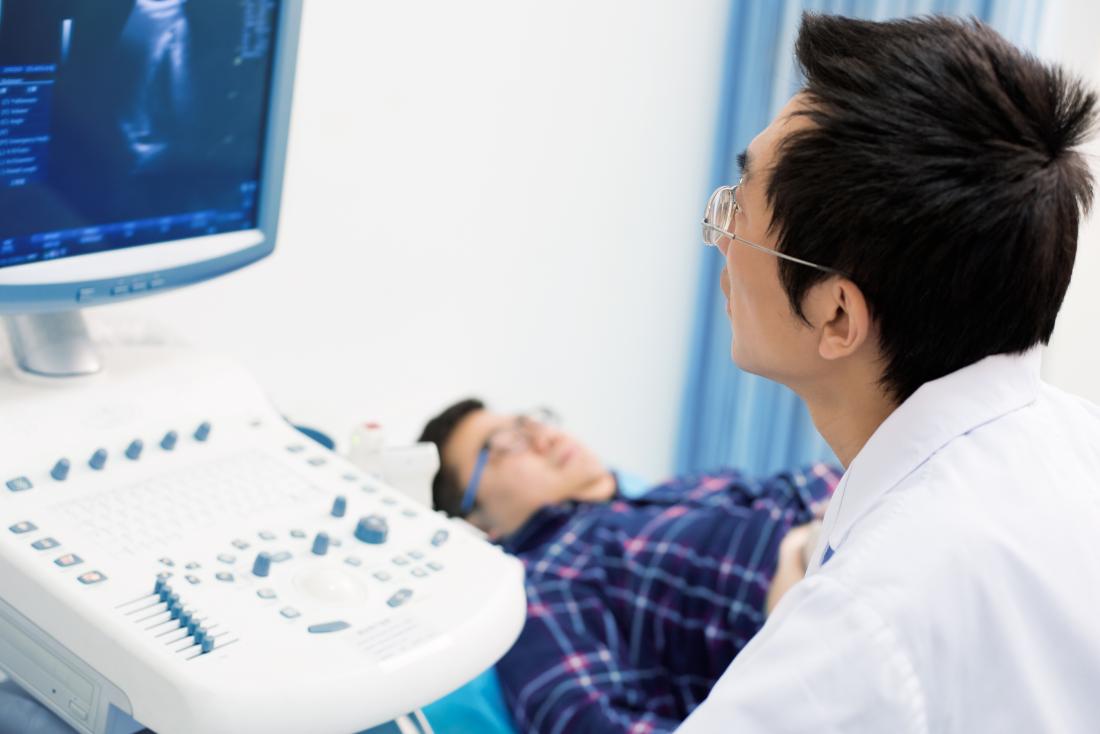Unveiling the Hidden Truth: Lumps and Bumps Ultrasound Scan
Introduction:
When it comes to medical diagnostic imaging, ultrasound scans have become an integral tool in the detection and evaluation of various conditions. Among these, the identification and examination of lumps and bumps through ultrasound have proven to be highly effective. In this article, we will delve into the hidden truths of lumps and bumps ultrasound scans, demystifying the process and shedding light on its significance in diagnosing underlying health concerns.
Understanding Lumps and Bumps Ultrasound Scans:
Ultrasound scans, also known as sonograms, utilize high-frequency sound waves to create images of the internal structures of the body. These scans offer a non-invasive and safe approach to visualize lumps, bumps, or masses, providing crucial information about their nature and characteristics.
- The Importance of Lumps and Bumps Ultrasound Scans:
Lumps and bumps can evoke fear and uncertainty in individuals, often causing anxiety about potential health issues. Ultrasound scans are particularly valuable in reassuring patients or identifying potential concerns, as they can differentiate between solid masses, fluid-filled cysts, or benign tumors. With early detection being vital in many cases, ultrasound scans offer a proactive approach to diagnosis and subsequent treatment.
- Indications and Applications:
Lumps and bumps ultrasound scans are used across various medical specialties, serving as a primary diagnostic tool or guiding further explorations. Some common indications for these scans include:
a. Breast Abnormalities: Ultrasound scans help determine the nature of breast lumps or abnormalities detected during self-examinations or mammograms. This method aids in differentiating between benign cysts and potentially malignant masses.
b. Thyroid Nodules: The evaluation of thyroid nodules is another significant use of ultrasound scans. By assessing the size, shape, and internal characteristics of nodules, doctors can decide whether further interventions, such as biopsies, are necessary.
c. Musculoskeletal Lumps: For individuals with palpable lumps or bumps in their muscles or joints, ultrasound scans can provide valuable information about the structures involved, aiding in accurate diagnoses and treatment planning.
d. Abdominal Masses: Ultrasound scans can detect and characterize lumps or masses in the abdominal region, assisting in differentiating between solid tumors, cysts, or other anomalies.
- The Ultrasound Process and Techniques:
During a lumps and bumps ultrasound scan, a skilled sonographer or radiologist utilizes a handheld transducer to send and receive sound waves. The transducer is applied to the skin, coupled with a gel that enhances sound wave transmission. The produced images are then analyzed, interpreted, and communicated to the patient by a medical professional.
a. Real-Time Imaging: One of the significant advantages of ultrasound scans is that they offer real-time imaging. This means that the live images allow for dynamic assessments, ensuring a comprehensive evaluation of lumps and bumps.
b. Doppler Ultrasound: In certain cases, when assessing blood flow patterns within lumps or evaluating vascular abnormalities, a Doppler ultrasound technique may be employed. This technique provides additional insights into the vascularity and blood supply of the detected lesions.
Conclusion:
In conclusion, lumps and bumps ultrasound scans provide an invaluable tool in detecting, characterizing, and evaluating various conditions across different medical specialties. These scans help alleviate patient concerns by providing accurate information about the nature and composition of lumps or bumps. By encouraging early intervention and facilitating timely treatment, ultrasound scans play a crucial role in maintaining and promoting overall health.





